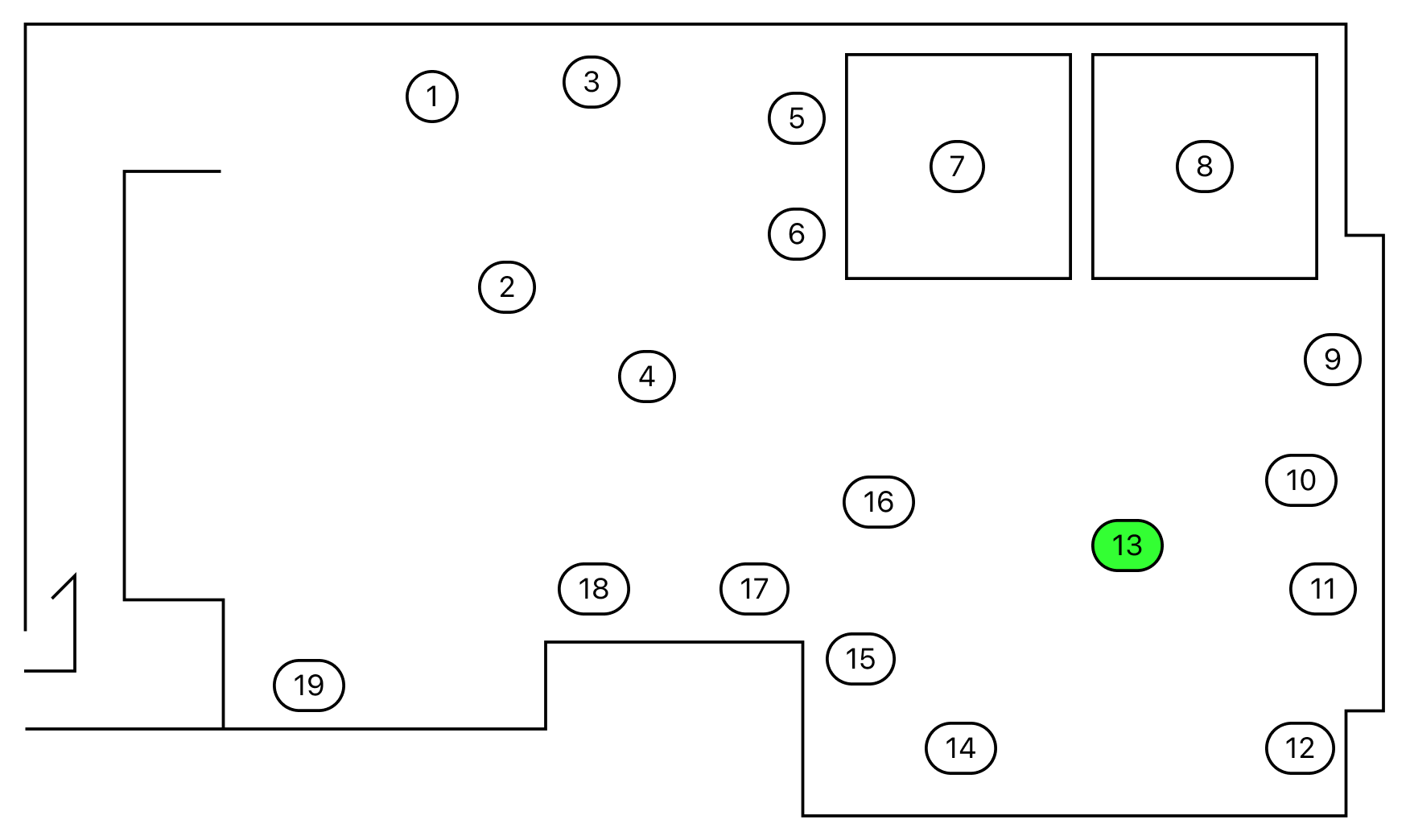“가에서 힣까지”(From Ga to Hih), 2023
Min Guhong Manufacturing
Invented in January 1444 by Lee Do (1397-1450), commonly referred to as King Sejong, Hangul is a writing system for the Korean language that was first introduced to the public in September 1446 in the “Hunminjeongeum” (훈민정음, 訓民正音), after more than two years of beta testing. (Hunminjeongeum means “the correct sound to teach the people,” and is the name of the first version of Hangul.) The system can produce a whopping 11,172 characters, ranging from Ga (가) to Hih (힣), by combining 19 first consonant letters, 21 middle vowel letters, and 28 last consonant letters. Hangul has been used for nearly 600 years to create countless contents (including this one), starting with the “Yongbieocheonga” (용비어천가, 龍飛御天歌) in 1447 and continuing through the “Hong Gildong jeon” (홍길동전, 洪吉童傳) and special characters such as spaces and periods.
Min Guhong Manufacturing’s new product, “From Ga to Hih” (가에서 힣까지), featured in the exhibition, explores the relationship between text and image, focusing on Hangul. The product randomly combines four of Hangul's 11,172 letters and 16.77 million colors that can be realized on screen to create one image every 0.25 hertz. If you’re bright-eyed and love Hangul, you’ll find your own letters here (like “design” or “typography” or “love” or “hate”). The product is built with web technology, so it will work forever, unless someone has the power to shut down the web browser. For reference, the font is Pretendard, developed (or edited) by Gil Hyeongjin.
Meanwhile, British designer Paul Elliman wrote about typography in “My Typographies,” published in the Spring 1998 issue of Eye Magazine. “Writing gives the impression of things. Conversely, things can give the impression of writing.” If it was to edit this quote in a Min Guhong Manufacturing style, it would say that text gives the impression of image. Conversely, image can give the impression of text.
